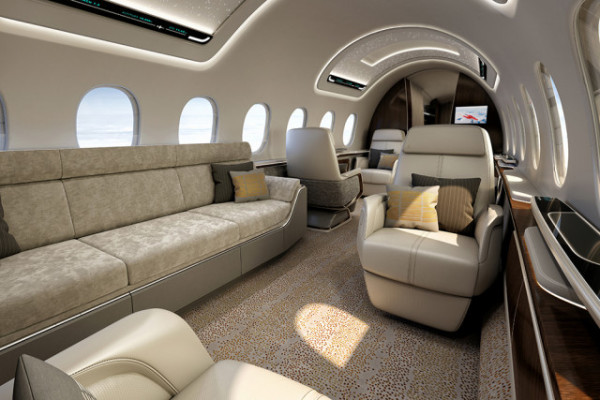The Concorde was a grand experiment of the past that shattered all expectations. This high-flying commercial plane could cross the Atlantic in a mere three hour – half the current travel time. But due to the course of history, it failed to really take off. Or at the very least, stay in orbit. Fuel intake, rising fuel prices, volatile pricing, noise concerns, etc., it was told it didn’t have a place in the 21st century. In a fortunate turn of history, however, we may be able to experience supersonic jets and subsequently supersonic flights once more.
Big time defence contractor, Lockheed Martin, and aircraft manufacturer, Aerion, have set out to create a new supersonic business jet.


“This relationship is absolutely key to creating a supersonic renaissance,” says Robert M. Bass, Aerion Chairman. “When it comes to supersonic know-how, Lockheed Martin’s capabilities are well known, and, in fact, legendary. We share with Lockheed Martin a commitment to the long-term development of efficient civil supersonic aircraft.”
This year-long partnership will oversee the final stages of the plane’s carbon and steel birth. Dubbed the AS2, all that is left in this last push of construction is the engineering, certification, and production. And of course, there is the matter of fully testing the structural integrity and aerodynamic performance of the aircraft, as to fine tune flight capabilities to near perfection. The initial designing phase was undertaken by Aerion and Airbus, which spanned about two and a half years in total. This encompassed anything from the airframes structures, wings, systems layout, and even the fly-by-wise flight control system.
What a time to be alive.









![Are You Still Watching Soon You Won't Have A Choice [Netflix x Warner Bros]](https://www.bosshunting.com.au/wp-content/uploads/2025/12/Are-You-Still-Watching-Soon-You-Wont-Have-A-Choice-Netflix-x-Warner-Bros-300x169.jpg)
![This Ex-Ballerina Just Became The Youngest Self-Made Female Billionaire [Kalshi Luana Lopes Lara Net Worth]](https://www.bosshunting.com.au/wp-content/uploads/2025/12/This-Ex-Ballerina-Just-Became-The-Youngest-Self-Made-Female-Billionaire-300x169.jpg)






